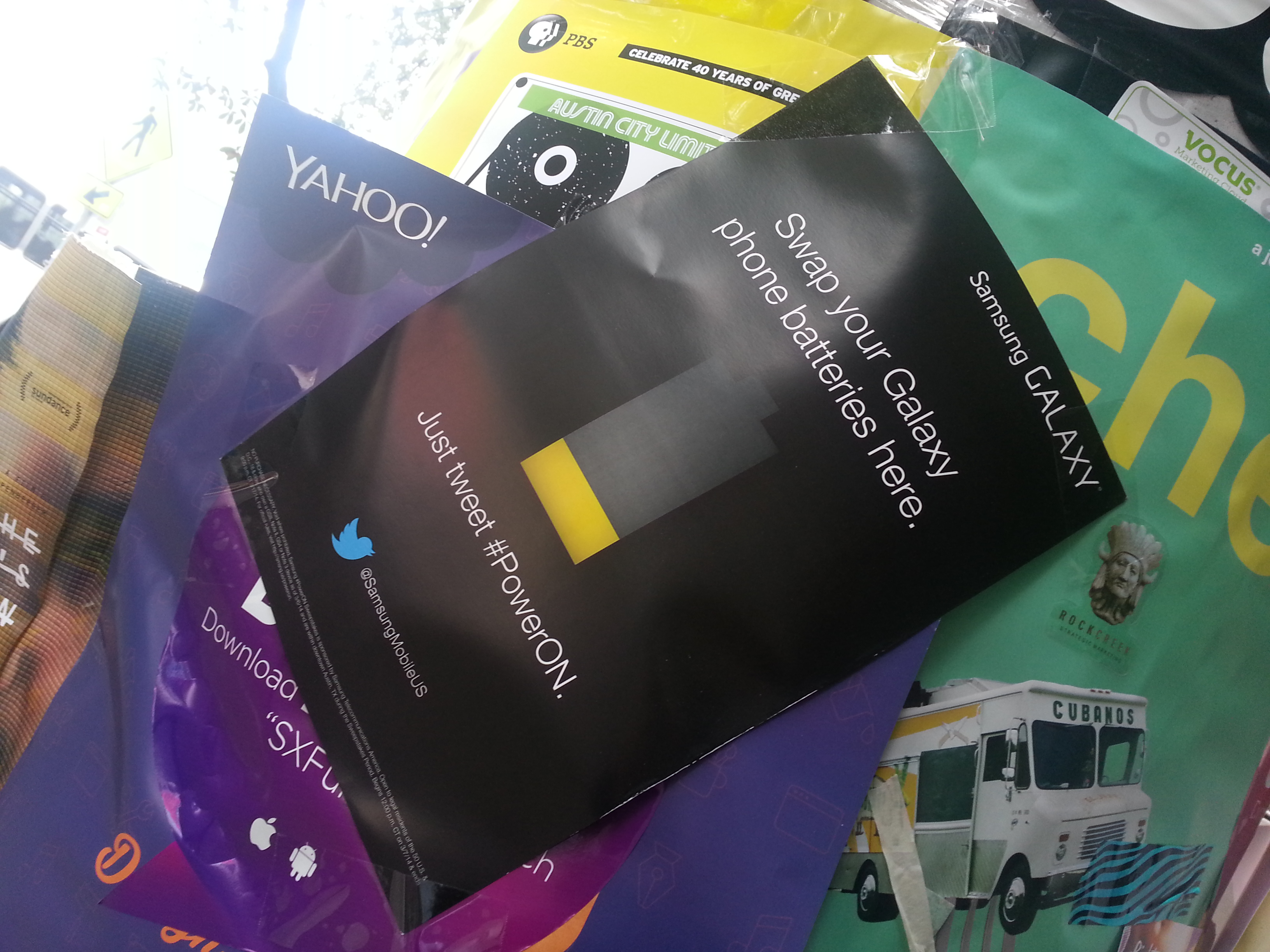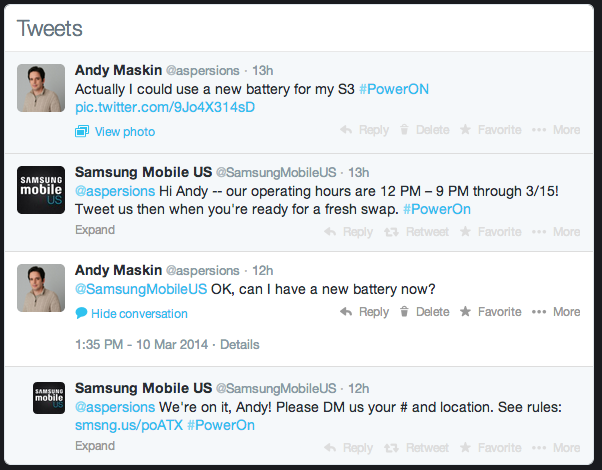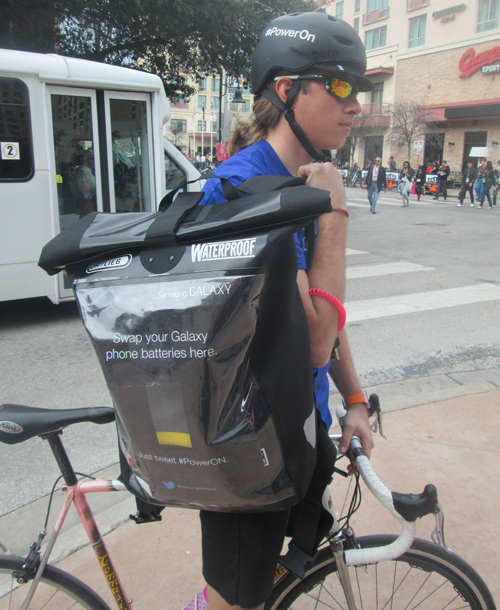danah boyd is the author of the new book “It’s Complicated: The Social Lives of Networked Teens” and her SXSW 2014 presentation gave a spirited and opinionated look at the lives of teens, with an emphasis on emerging messaging app platforms.
“We keep on treating social media like it can be a broadcast mechanism,” she declared. “It won’t be.” The core of her thesis is that teens crave intimacy through the new crop of apps, and are shying away from one-to-many communication in favor of one-to-one and one-to-few. Platforms like Snapchat also give teens control and demand that users pay attention to media in a new way, she said.
boyd also points out that the ability to easily edit and mess with media on the phone is transformative for the type of fun, shareable experiences teens like to engage in. Ultimately manipulating media and sharing the results with friends is likely to be important when it comes to creating brand experiences on messaging apps.




